Repotting Jade Plants: Learn How To Repot A Jade Plant
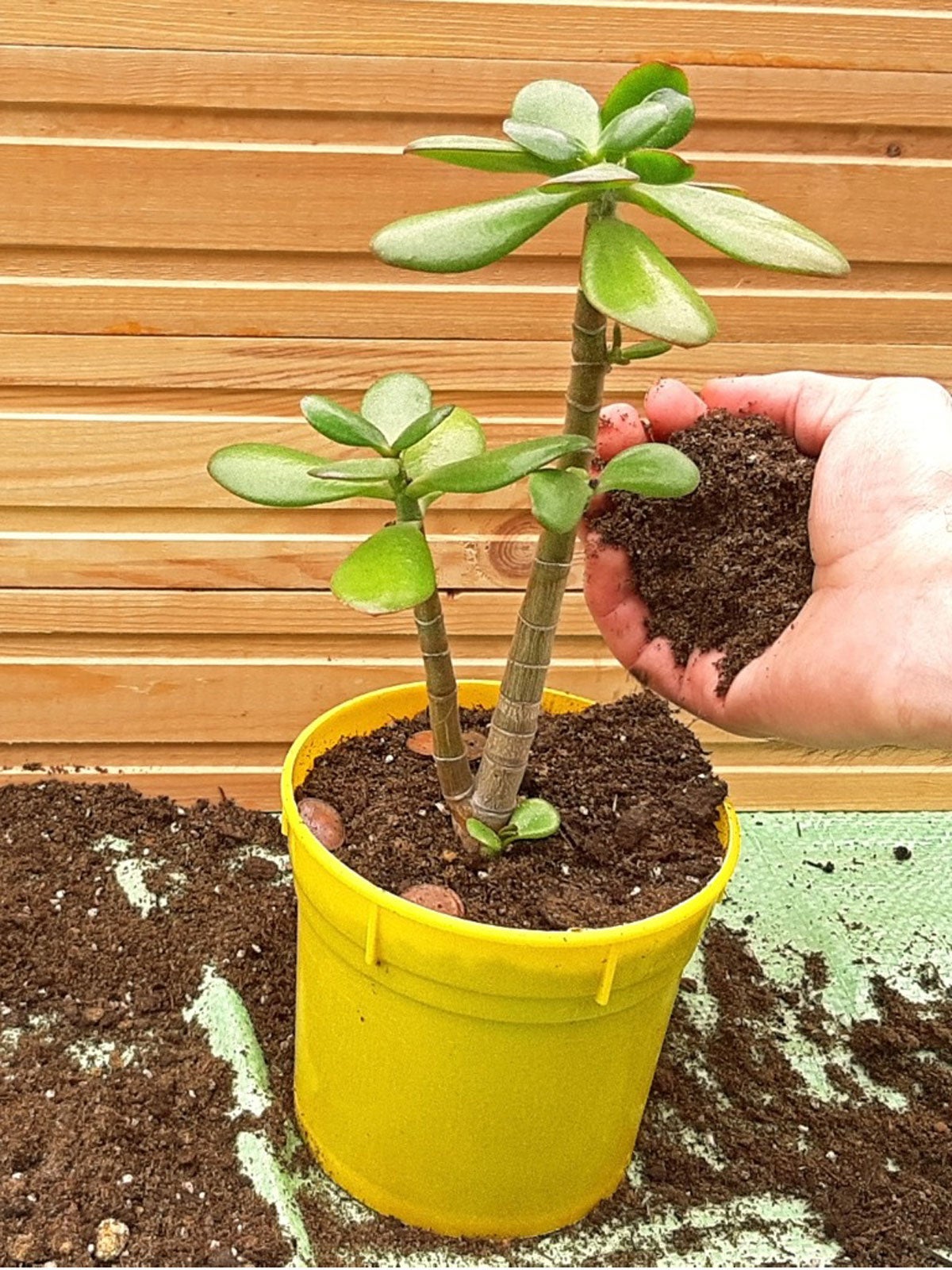

Jade plants are among the most popular of succulent plants for both indoors and outside. There are many types of jade plants. If you have one that seems to be outgrowing its container, it might be time to consider jade repotting.
When Should I Repot Jade Plants?
You might think of repotting jade plants if they’ve stopped growing or if they appear too crowded. Overcrowding in the container is not bad for the plant, but it does limit more growth. Jade plants grow to the size their root system allows, often reaching 3 feet (1 m.).
Professionals say small jade plants should be repotted every two or three years, while larger plants can wait four or five years. Increase the container size with each repotting. Usually, going one size larger is appropriate.
How to Repot a Jade Plant
When you’ve decided your jade is ready for a new container, make sure the soil is dry. Start fresh soil and a new, clean container that is larger. Begin the process by gently using a spade or other flat tool to slide around the inside edges of the container. This helps loosen a root system that may be clinging to the walls of the pot.
Depending on the size of the plant and container, you may turn it upside down to let it slide out or pull gently by the stem at the soil area. If the plant has several stems, gently circle them with your thumb and fingers and flip the pot upside down. If roots seem stuck near the bottom, work them out with a clean tool.
For plants with multiple branches, this might be a good time to divide into two plants. This is just an additional option while you’ve got it out of the pot. If you choose to divide your jade plant, make one clean, quick cut with a sharp tool through the center of the root ball.
When the plant is out of the pot, tease out the roots to see how much growth you can expect. Remove as much of the old soil as possible. It is rarely necessary to trim roots of a jade plant, but a slight trim sometimes encourages growth in the new container.
Gardening tips, videos, info and more delivered right to your inbox!
Sign up for the Gardening Know How newsletter today and receive a free copy of our e-book "How to Grow Delicious Tomatoes".
When repotting jade plants, place it as deeply as possible into the new container without the leaves touching the soil. As jade plants grow, the stem will thicken, and they will look more like a tree. They’ll get taller and put out new leaves when settled in.
Wait at least two weeks to water, longer if bottom leaves don’t crinkle. This allows root damage to heal and new growth to get started.

Becca Badgett was a regular contributor to Gardening Know How for ten years. Co-author of the book How to Grow an EMERGENCY Garden, Becca specializes in succulent and cactus gardening.
-
 Looking For Plants To Give You The Soft And Fuzzies? Try These 5 Fuzzy Leaf Plant Options
Looking For Plants To Give You The Soft And Fuzzies? Try These 5 Fuzzy Leaf Plant OptionsLovers of texture, drama, silver foliage and tactile plants will adore these special sensory garden additions. These fuzzy leaf plant options will leave you all aglow
By Susan Albert
-
 Get Ready For A Summer Of Hummers! Grow These Full Sun Hummingbird Plants and Flowers
Get Ready For A Summer Of Hummers! Grow These Full Sun Hummingbird Plants and FlowersIf you’re lucky enough to enjoy a sunny backyard, make sure you are maxing out on your pollinator opportunities and grow these full sun hummingbird plants and flowers
By Tonya Barnett
-
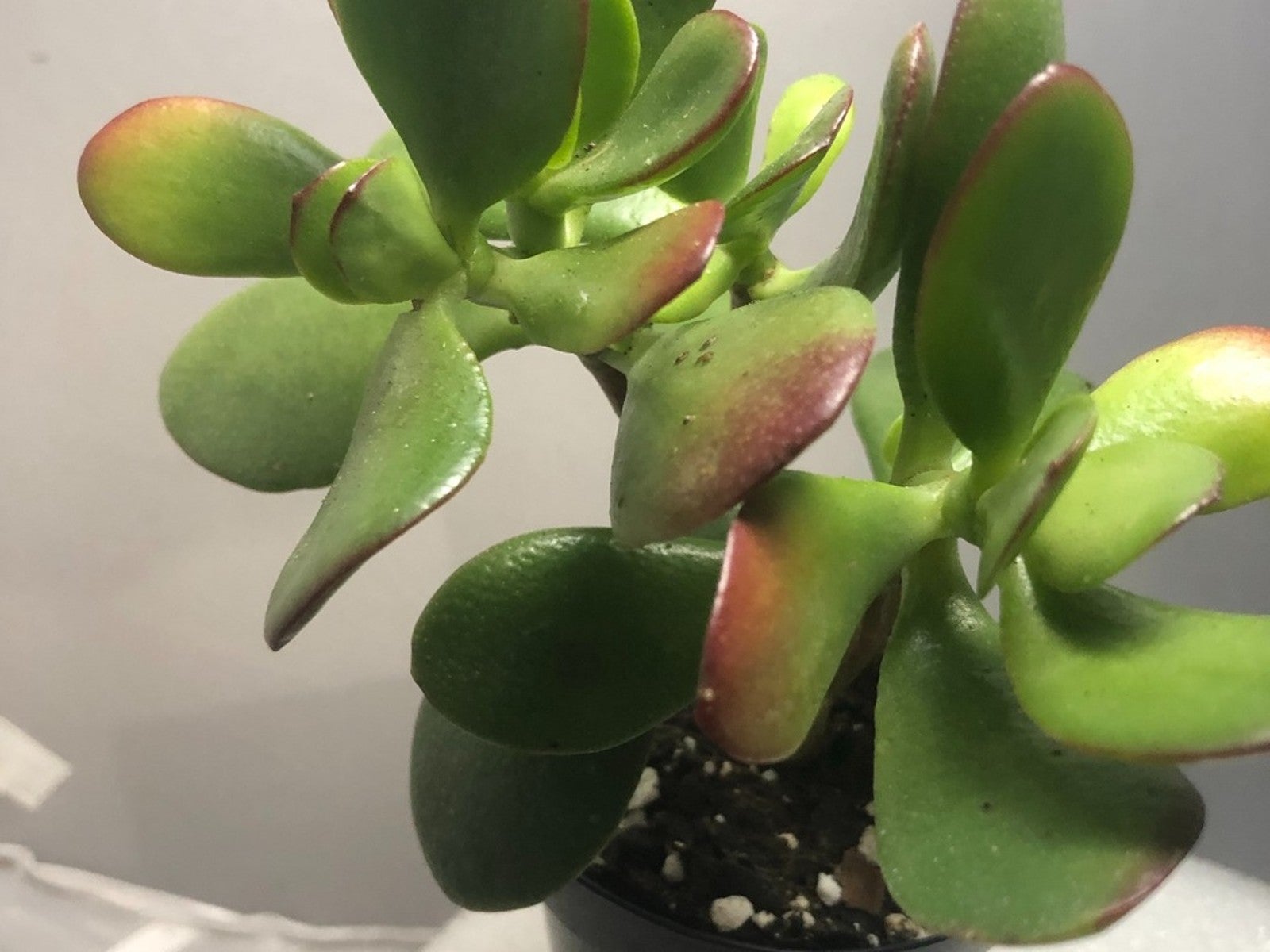 Jade Plant Turning Red – Reasons For A Jade Going Red
Jade Plant Turning Red – Reasons For A Jade Going RedWhat does it mean when a jade has red tips on the leaves? Disease, cultivation, insects, and more might be the cause. Read on for more.
By Bonnie L. Grant
-
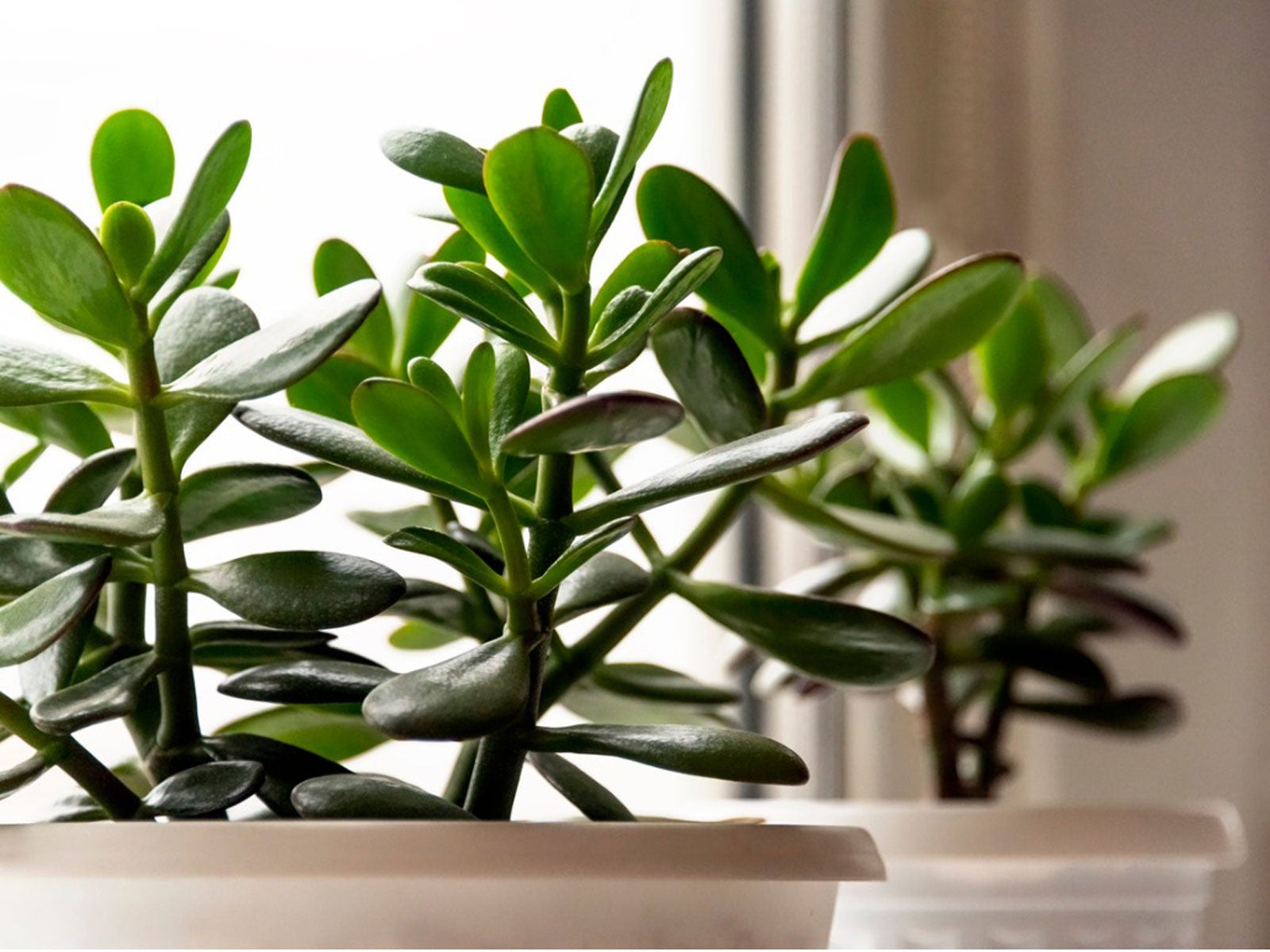 Jade Plant Looks Wrinkled – Reasons For Wrinkled Jade Leaves
Jade Plant Looks Wrinkled – Reasons For Wrinkled Jade LeavesIf you notice wrinkled jade leaves, it’s the plant’s way of telling you that something isn’t quite right. Click here for tips on fixing a wrinkly jade plant.
By Mary H. Dyer
-
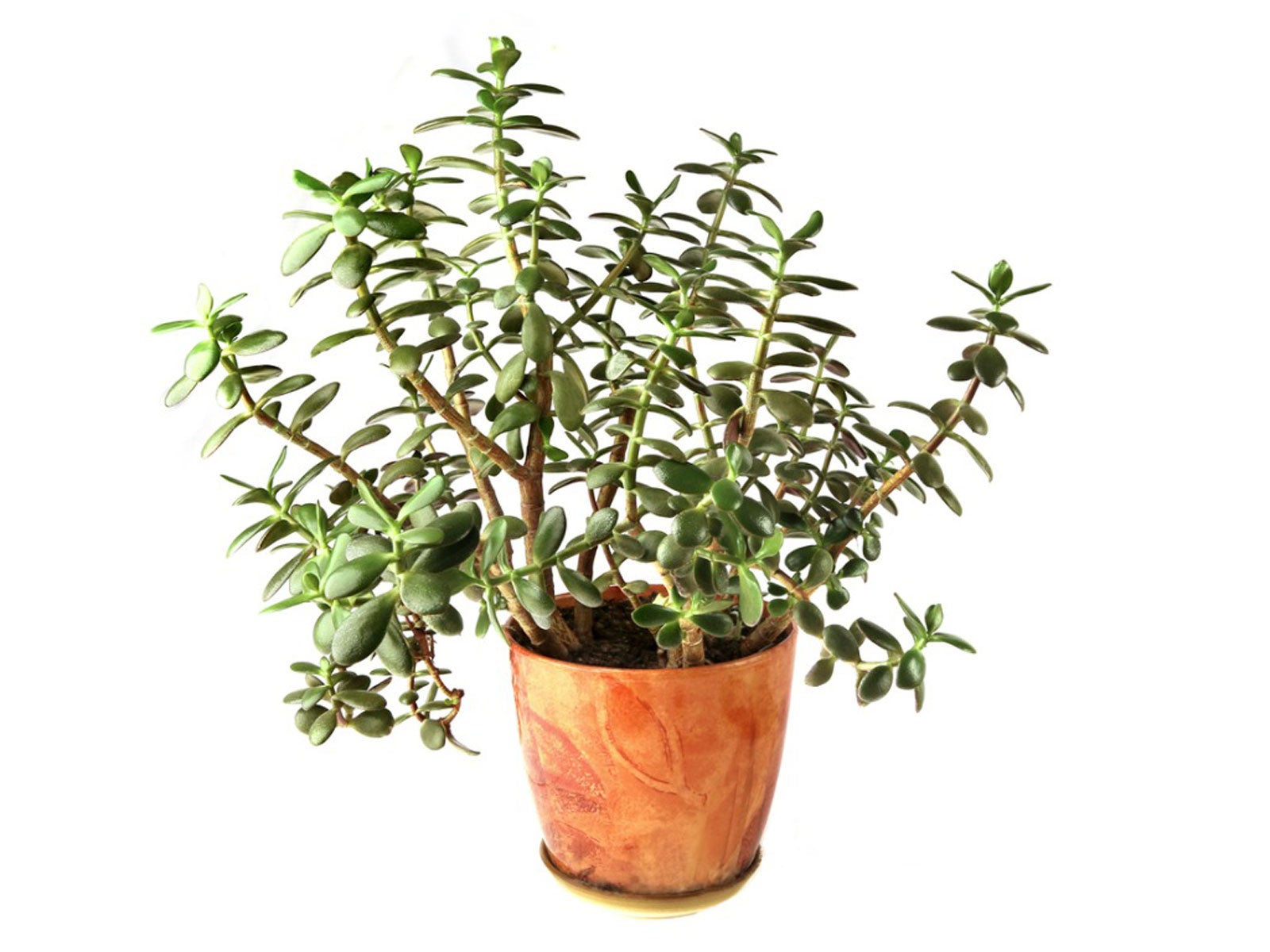 Leggy Jade Plant Care – Pruning A Leggy Jade Plant
Leggy Jade Plant Care – Pruning A Leggy Jade PlantIf your jade plant is getting leggy, don’t stress. It can easily be fixed. Find tips to help a leggy jade plant in this article.
By Raffaele Di Lallo
-
 Gollum Jade Care – Information About Gollum Jade Crassula Plants
Gollum Jade Care – Information About Gollum Jade Crassula PlantsGollum jade succulents are a favorite winter houseplant that may go outside in spring. Similar to its larger cousin ET’s fingers, this jade also has long tubular leaves that curl inward and are tipped in red. If you’re looking for something fun and easy, click here to learn more.
By Becca Badgett
-
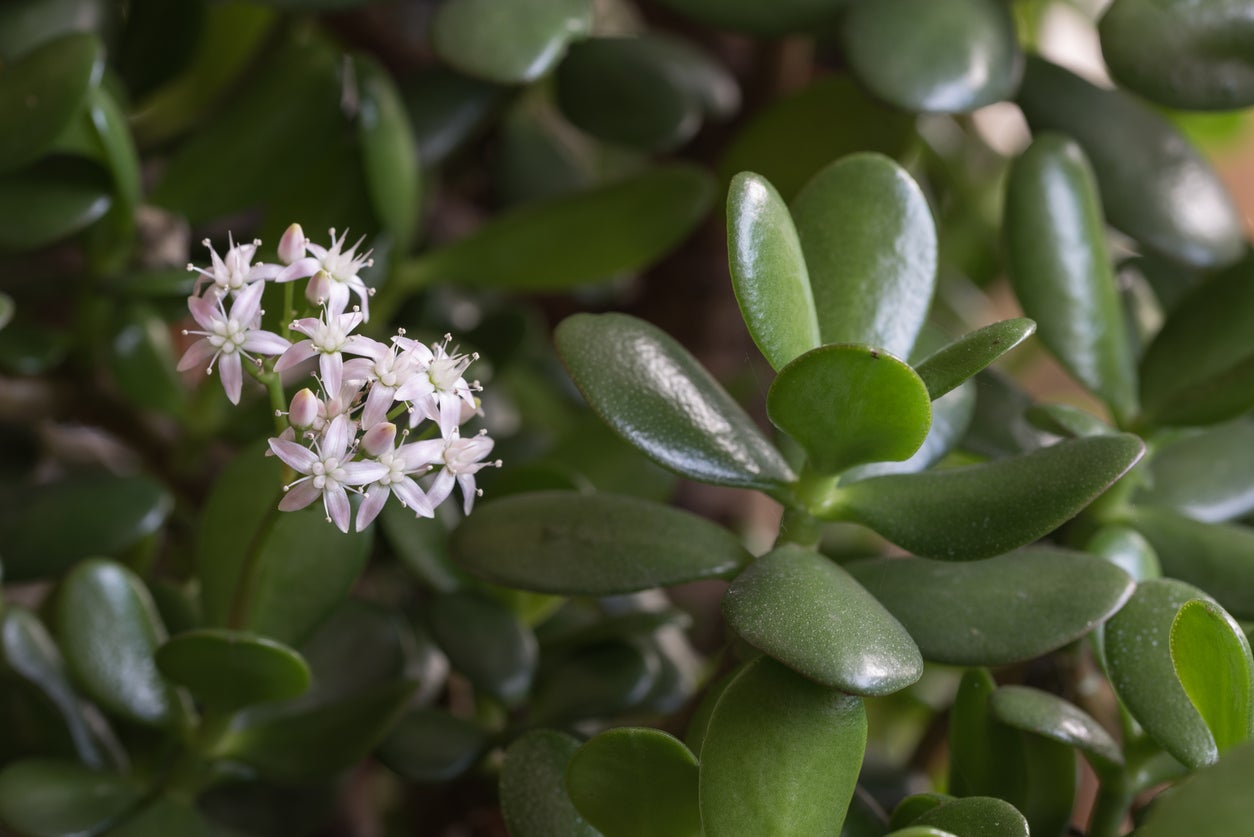 Jade In The Garden: Can You Grow Jade Outdoors
Jade In The Garden: Can You Grow Jade OutdoorsWhen most of us think of jade plants, we think of beautiful potted bonsai-like specimens. However, in parts of California, Arizona and other arid warm regions, jade is a popular choice for hedge plants. Click here for more information on growing jade outside.
By Darcy Larum
-
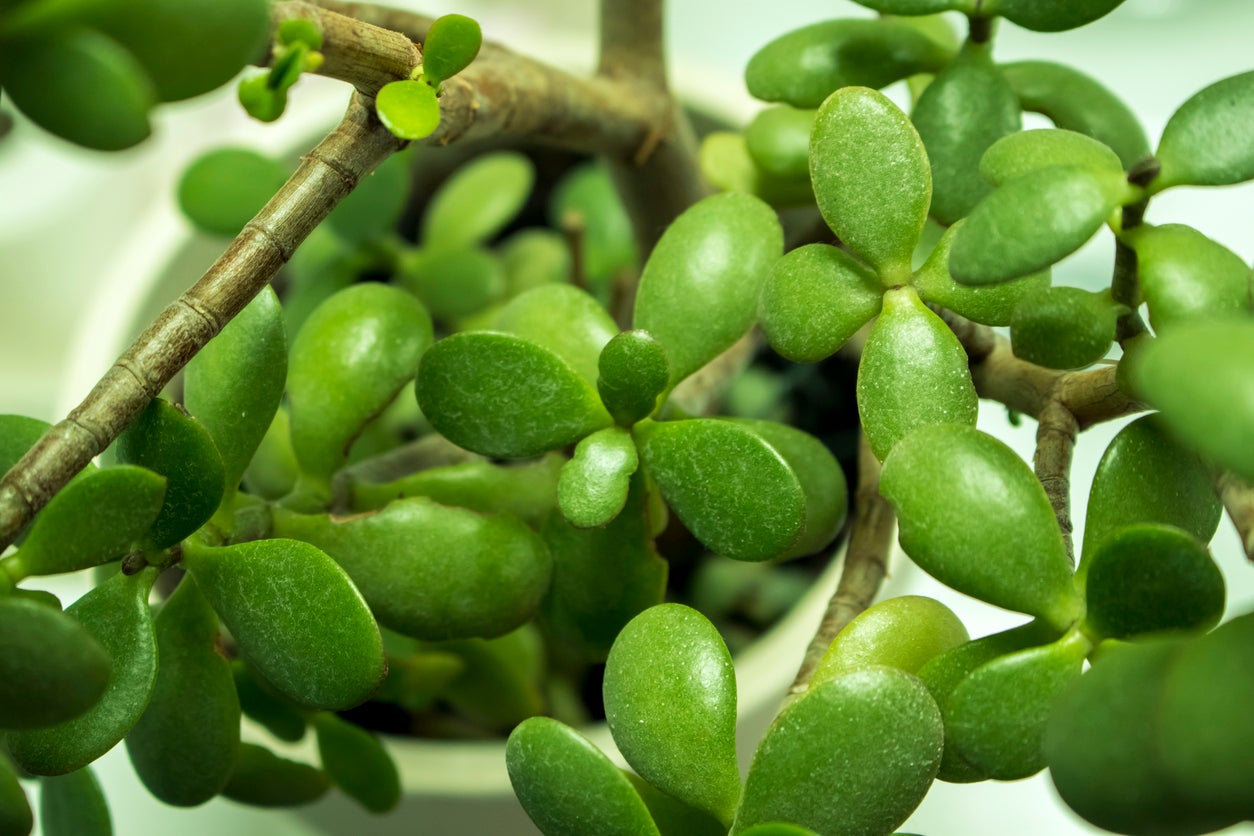 Jade Insect Pests: Learn About Common Pests Of Jade Plants
Jade Insect Pests: Learn About Common Pests Of Jade PlantsJade plants, or Crassula ovata, are popular houseplants. Generally easy-care, low maintenance plants, there are a few specific jade plant pests that can damage and even kill them if not controlled. Click here for more information on pests of jade plants.
By Darcy Larum
-
 Ripple Jade Plant Info: Caring For Ripple Jade Plants
Ripple Jade Plant Info: Caring For Ripple Jade PlantsIf you’re a fan of jade plants, then ripple jade is one that’s certain to capture attention. Compact, rounded heads atop sturdy branches give the plant a bonsai type appeal. Its bluish leaves are twisted and erect, sometimes with purple edging. Learn more here.
By Becca Badgett
-
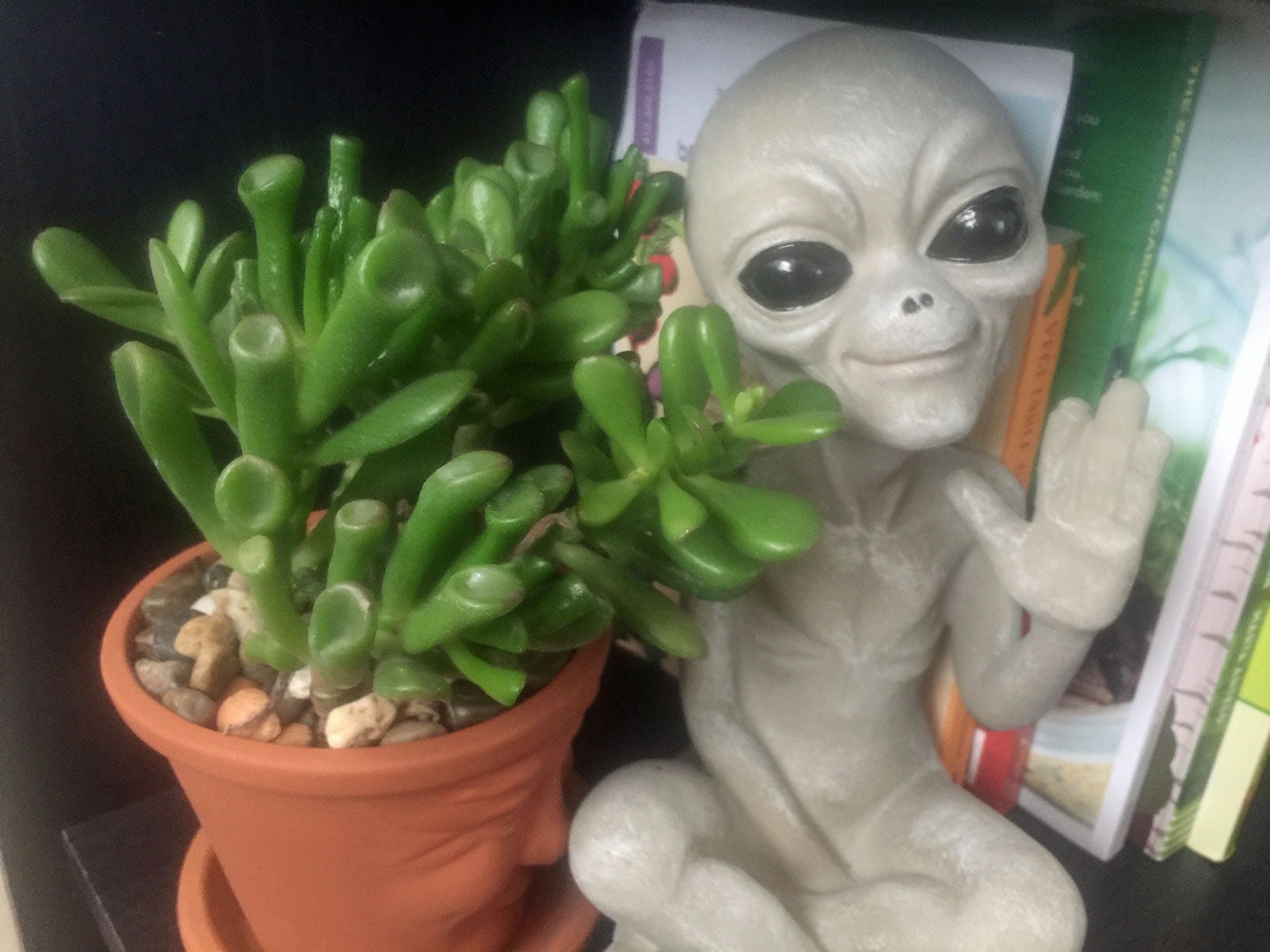 Care Of ET’s Finger Jade – Tips For Growing ET’s Finger Crassula
Care Of ET’s Finger Jade – Tips For Growing ET’s Finger CrassulaWho wouldn?t want a plant that looks like ET?s fingers? Jade, the pleasantly-plump succulent that is such a great houseplant, has several cultivars with unusual foliage, including ET?s Fingers. These fun plants are great additions to indoors or out. Learn more here.
By Mary Ellen Ellis